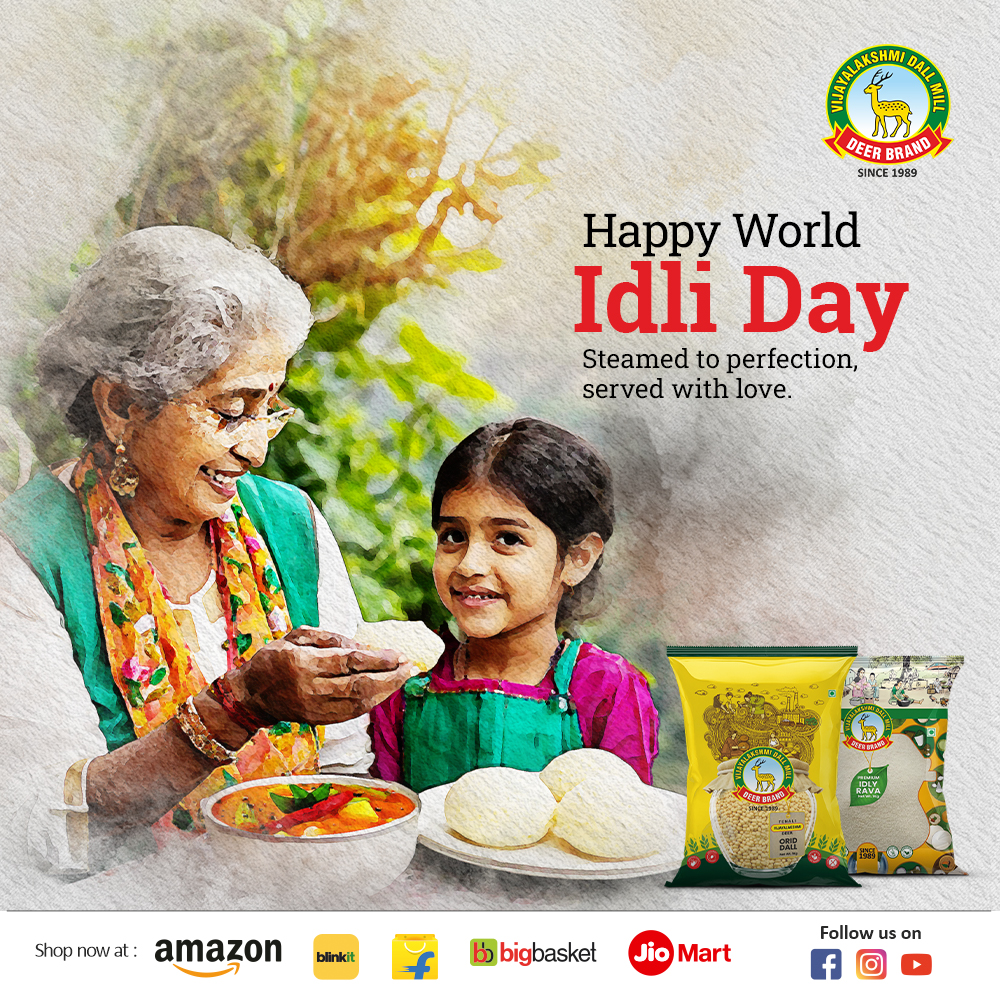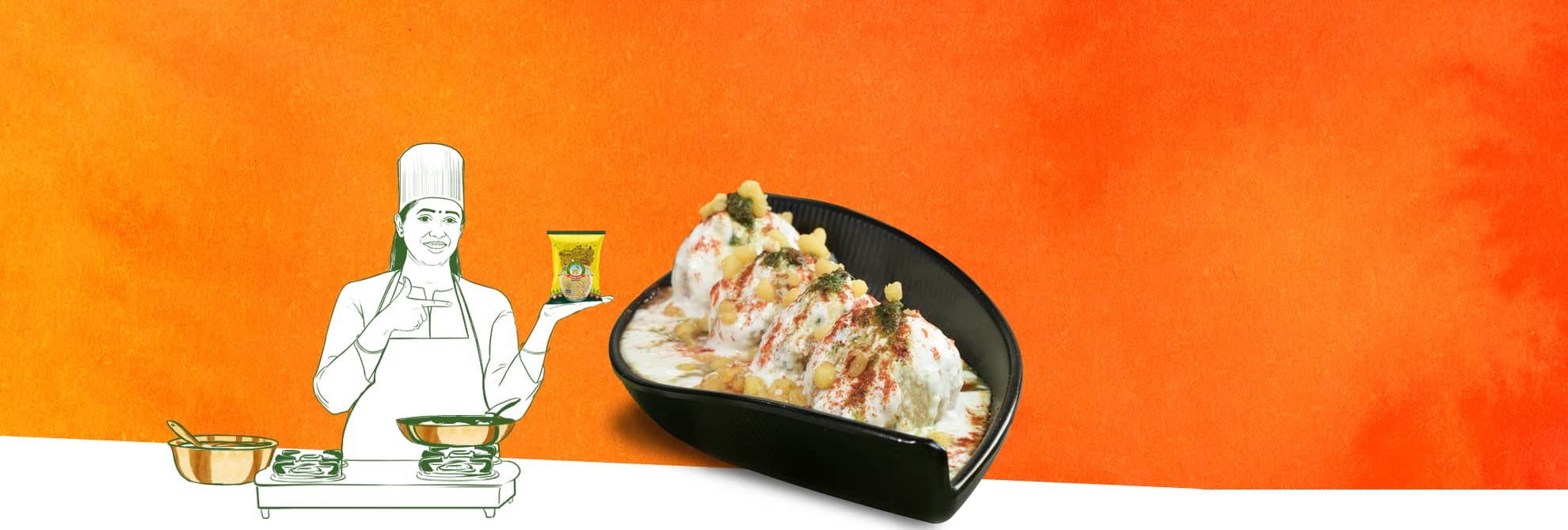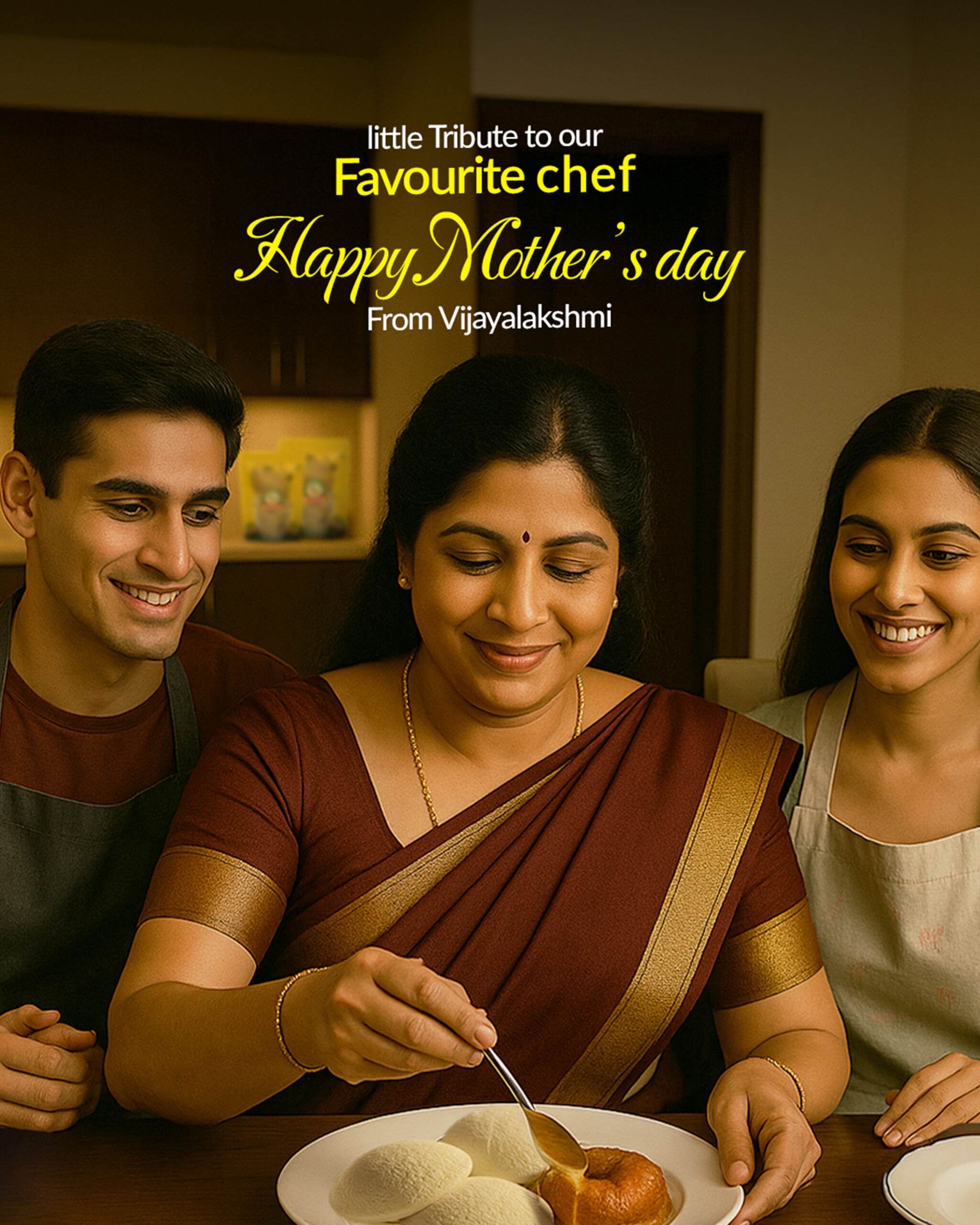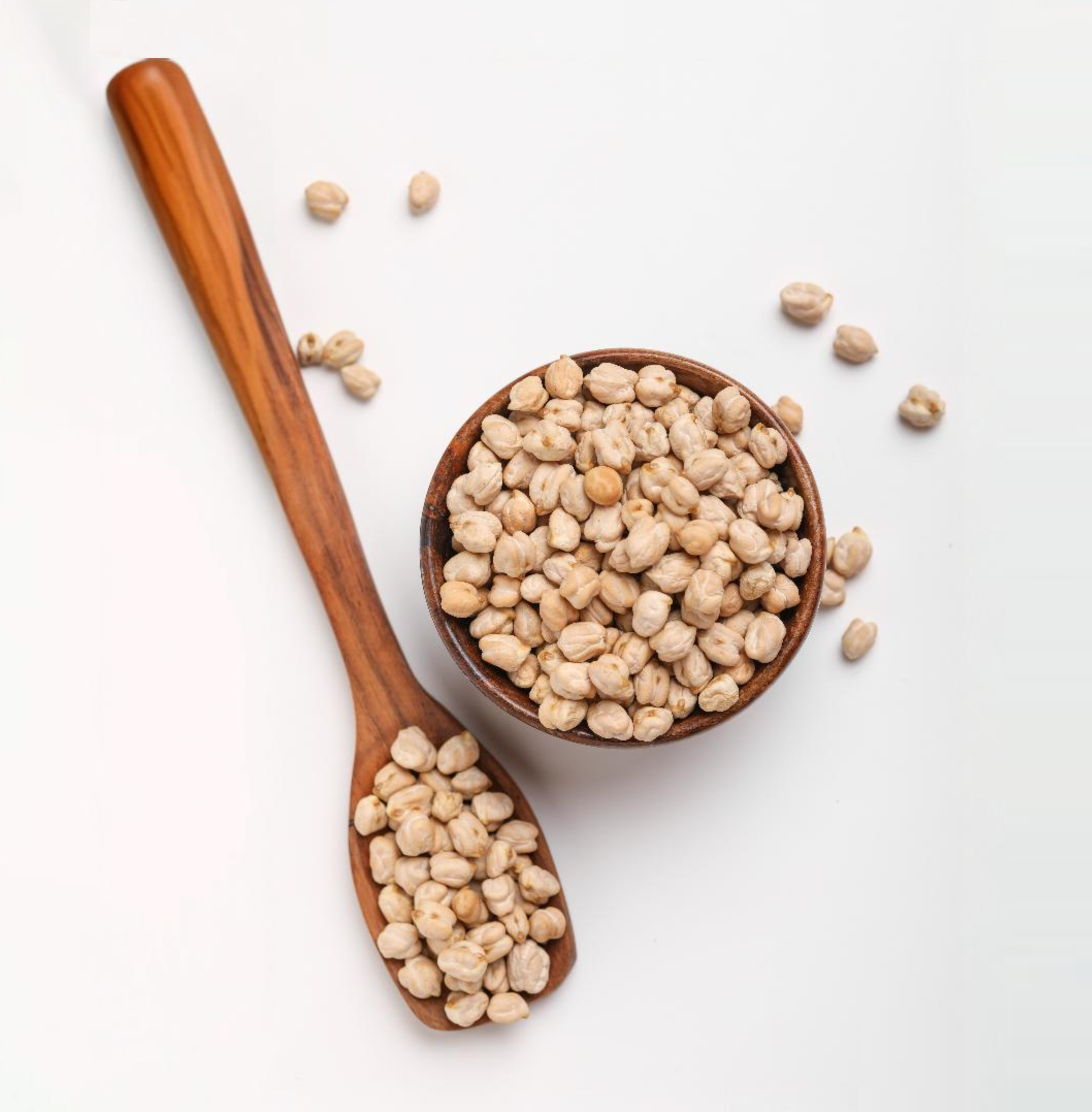World Idly Day 2024!

The Story of Idli: A Dish Loved Everywhere
Idli, a yummy dish from South India, has become super famous not just in India, but all over the world. People love it so much that they’ve come up with lots of different kinds, making it even more awesome and healthy. Let’s take a tasty trip and learn how idli went from a local treat to a global favourite.
People from all over India have put their spin on idli, adding special ingredients and cooking tricks to make it unique. Whether it’s the spicy masala idli from Karnataka or the yummy stuffed idlis from Tamil Nadu, there’s an idli for everyone, no matter where you’re from.
Idli isn’t just delicious; it’s also really good for you! It’s free of things like gluten, dairy, and nuts, so it’s perfect for people with different diets. And nowadays, people are making idlis even healthier by using things like millet and oats or adding veggies to the batter. It’s a tasty way to stay fit!
History of Idli:
There are multiple opinions when it comes to tracing the origin of Idli. However, one thing is certain this crowd-pleasing dish dates back to 700 CE.
Popular opinion says that Idli originated first in Indonesia however when it reached India, it was reinvented as the steamed version somewhere between 800 to 1200 CE.
Many believe that the word Idli comes from the Kannada dish from 920 AD called Iddalige which was made using Urad dal batter.
When did World Idli Day celebrations begin?
Eniyavan, a popular caterer based in Chennai started World Idli Day on March 30, 2015, by making 1,328 different varieties of idlis on this day. He also made a huge 44-kilogram idli which was cut by government officials and that is how World Idli Day started almost 9 years ago. And now, it is celebrated every year across the country.
According to renowned food historian and scientist KT Achaya, ‘idli’ originates from the word ‘‘iddalige’. It was first mentioned in a Kannada literature wok called Vaddaradhane by Sivakotyacharya, in the year AD 920. In AD 1130, idli once again made its appearance as ‘iddarika’ in a Sanskrit encyclopedic work called Manasollasa. The text describes it as ‘made of fine urad flour fashioned into small balls and then spiced with pepper powder, cumin powder and asafoetida.
Achaya further cites an Indonesian fermented food called ‘kedli’ which is similar to idli. According to him, South Indian cooks of Indonesian kings, who returned home to find brides, brought many fermentation practices back to South India from there.
Later, food historians and scholars differed in their views about the origins of idli. For instance, Lizzie Collingham traces idli to Arab traders, who settled on the coast of South India. According to her, not sure of finding halal foods, they settled for steamed rice balls with coconut chutney. The mixing of rice and urad seems to have come much later. It may have evolved in one of the southern states itself, instead of being an imported practice.
Whatever its origin, idli is a very popular breakfast food for Indians all over the world. It is therefore not surprising that six years ago, an enthusiastic idli caterer from Chennai called Eniyavan, decided to dedicate a day to the ubiquitous breakfast in South Indian homes. He chose March 30th as World Idli Day to make and supply 1328 varieties of idlis. On the same day, a government staff sliced a large 44 kg idli to officially announce March 30th as World Idli Day.
Idli may have started in South India, but now it’s loved by people everywhere. It’s not just a dish; it’s a symbol of togetherness and joy. So next time you bite into a soft, fluffy idli, remember the story behind it – a story of tradition, innovation, and lots of delicious flavours!




